How Does Oil Impact the Economy? 3 Major Areas of Economic Consequence: The Impact on Inflation, Consumer Spending, and Auto Sales.
- 2 Comment
2008 will go down as the year with the highest market volatility. Crisis after crisis seemed to hit us like a continuous barrage of waves from the ocean of economic news. The housing market continued to collapse resembling a housing market so weak, we have to go back to the Great Depression to find a similar time. The credit markets are still in complete disarray.  $50 trillion in global wealth has evaporated in one year. The automakers have fallen on tough times and emblematic symbols of American manufacturing like GM and Ford stand steps away from being dismantled. In 2008 we also saw the incredible oil bubble peak and burst so dramatically that it caused many to pause.
We need to rewind a few months to get our mindset around the energy issue. During the Presidential campaign, the theme of energy was so important that it commonly found its way into the stump speeches of all politicians. Keep in mind that oil at this time was flying over $4 a gallon and consumers felt there was simply no ceiling for prices. Everyday as people drove by their local gas station all they needed to do was roll down their window, glance up at the big font price, and the probability was high the price was higher than yesterday.Â
It is also the case that much of the auto sales numbers have collapsed in tandem with the oil bubble yet it would be a mistake to completely attribute the oil burst with the collapse in the U.S. automakers. If oil prices were the main culprit, U.S. automakers should be back in full speed with oil now trading at $36.50 a barrel. This massive market volatility is unseen and very few people have been alive to live through such a volatile moment. At this point, we rely on historical data and precedent and hope that we can learn from our past errors.
Today we are going to examine the impact of collapsing oil prices on the overall economy. We will look at the impact it has on consumer inflation, auto sales, and also consumer spending.Â
Impact on Inflation
When we look at oil prices in terms of consumer inflation, we now realize that this is one of the strongest components why the Consumer Price Index is collapsing and now we are on precipice of a dangerous bout of deflation. The menace of deflation is that it renders any and all debts dangerous and a country as indebted as ours, simply cannot risk that prospect. Let us look at the most recent data from the BLS regarding the CPI:
*Click for a sharper image
It is incredible to think that transportation is running at a compound annual rate of -48.1 for the previous 3 months and energy is collapsing at -69.3. The unadjusted 12-month data is even more telling. -8.9 for transportation and -13.3 for fuel. What does this mean? Energy and transportation have been seeing price destruction over the last year accelerated by the last 3 months. Clearly there are other areas weighted in the CPI data so it is important to gather how much energy and transportation make up for the index.
Looking at the BLS CPI-U information, we get the following weighting:
Overall base:Â 100
Transportation:Â Â Â Â Â Â Â Â Â Â Â Â Â Â Â Â Â Â Â Â Â Â 17.688
Household energy:Â Â Â Â Â Â Â Â Â Â Â Â Â Â Â Â 4.215
Over 21 percent of the index is based on items sensitive to energy prices and transportation. Given that auto sales are anemic and energy has fallen off a cliff, is it any wonder that the last three months for overall consumer prices has started to look more like deflation? Take a look at 3-month changes for the BLS over the past 10 years:
In fact, November’s drop of 1.7 percent was the biggest on record. This wasn’t a one month event. In October the index went down 1 percent and in September it came in neutral at zero. Bottom line? Transportation and energy have added to the deflation fire.
Consumer Spending
Consumer spending has also been impacted. Let us first look at the oil bubble with national retail sales:
Couple of things are going on here. Retail sales are falling at rates not seen in decades. Even the fall of oil from $147 a barrel to the current $36 a barrel has done very little to encourage shoppers to spend more during this crucial holiday season.Â
How much oil do we consume? Let us first look at total monthly fuel consumption:
On average, we consume roughly 20 million barrels of oil per day. Let us do some quick math to give you an idea how much money on oil was spent during the two peak months:
June average barrel price:Â $133.88
Average daily barrels consumed:Â Â 19.55 million per day
July average barrel price:Â $133.37
Average daily barrels consumed:Â 19.41 million per day
June total amount spent on fuel:
$133.88 x 19.55 million x 30 days = $78,542,931,102
July total amount spent on fuel:
$133.37 x 19.41 million x 31 days = $80,250,062,700
So in two months alone, we spent over $158 billion in energy. That is a stunning amount of money especially given this hits consumers squarely in the pocket. Now let us run the numbers for the latest month with aggregate data, November:
November total amount spent on fuel:
$57.31 x 19.41 million x 30 = $33,371,613,000
And with fuel going even lower in December, theoretically we have add over $50 billion a month in purchasing power yet the relationship isn’t exact. Why is that? Much of the economy of the decade relied on continually financing new and newer debt. Think of auto leases for example. The premise at least from a dealer perspective was that consumers would be trading in their cars every 3 years or so and doing this ad infinitum. Yet this model breaks down when credit stops like it has. The fact that credit isn’t available isn’t the problem necessarily. The issue is America is already saddled with $49 trillion in liabilities and a serious question to our ability to pay that is now up in the air. That is why I have argued that the Fed and U.S. Treasury are going to do everything within their power to destroy the dollar and try as best as they can to create inflation to get us out of this debt. Deflation would be the ultimate endgame scenario. Yet creating the ecology for an environment for hyper-inflation isn’t exactly the way to go either:

Auto Sales
It goes without saying that the oil bubble had a serious impact on auto sales. Let us first take a look at the overall market with data from November:
You’ll notice that the only area that has seen a positive year over year change is for small cars. This in large part was due to the surge in vehicle purchases during the first half of the year when consumers shifted their buying habits drastically. Yet even this category in November got hammered just like every other segment of the auto market.
Much focus is with the U.S. automakers but make no mistake, the foreign automakers are also facing a challenging landscape. The auto market in general is facing a serious industry shift. They may choose to blame the credit markets but there is something much bigger going on here that has been built over decades. That is, the buying habits of Americans will now need to change. Â
Conclusion
There is no question that oil prices have reshaped our current economy. But now that oil is trading at 4 year lows, we realize that automakers weren’t faltering simply because of high oil prices but also the unsupportable amount of consumer debt being carried around by many Americans. With balance sheets decreasing and unemployment skyrocketing, that additional money saved on lower fuel is helping blunt lower or stagnant wages and also to service current debt. The model of buy and trade up in cars is going to be temporarily stopped just like the buy and trade up housing mentality of the past 30 years.
Aside from smaller family sizes and a baby boomer population looking to downsize, you have to ask where is the money going to come from to get things going again? Maybe boomers were counting on large nest eggs that have been caught up in that $50 trillion destruction of wealth. Cheap oil is clearly not a panacea. Oil can go to $15 a barrel but what use is it if you have no job or your wages are being slashed? If anything, it is simply a consolation to the bigger picture. And the price of oil has fallen because of demand destruction. It has not fallen because of a healthy and stable market.Â
I have never seen so many economic problems strike at once in my lifetime. I think most people are ignoring oil prices and simply want 2008 to come to a quite end. But what month of 2008 has been quite?Â
If you enjoyed this post click here to subscribe to a complete feed and stay up to date with today’s challenging market!2 Comments on this post
Trackbacks
-
Yazmin Jimenez said:
this is really good
October 2nd, 2012 at 8:38 am -
madelyn yepez said:
I think that by building a strong middle class America can get back on its feet and fight to make the econmy grow
October 4th, 2012 at 1:07 pm
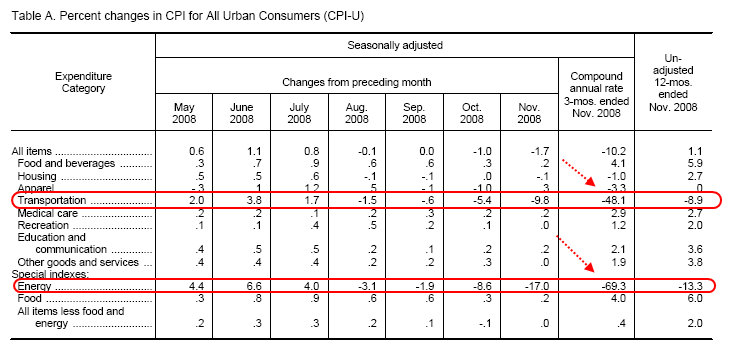
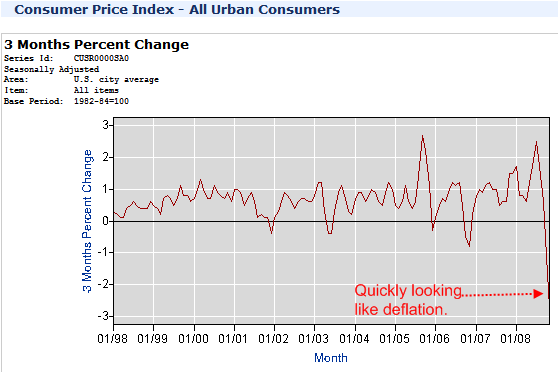
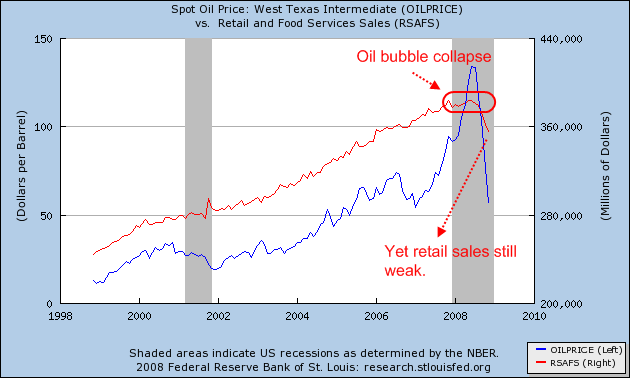
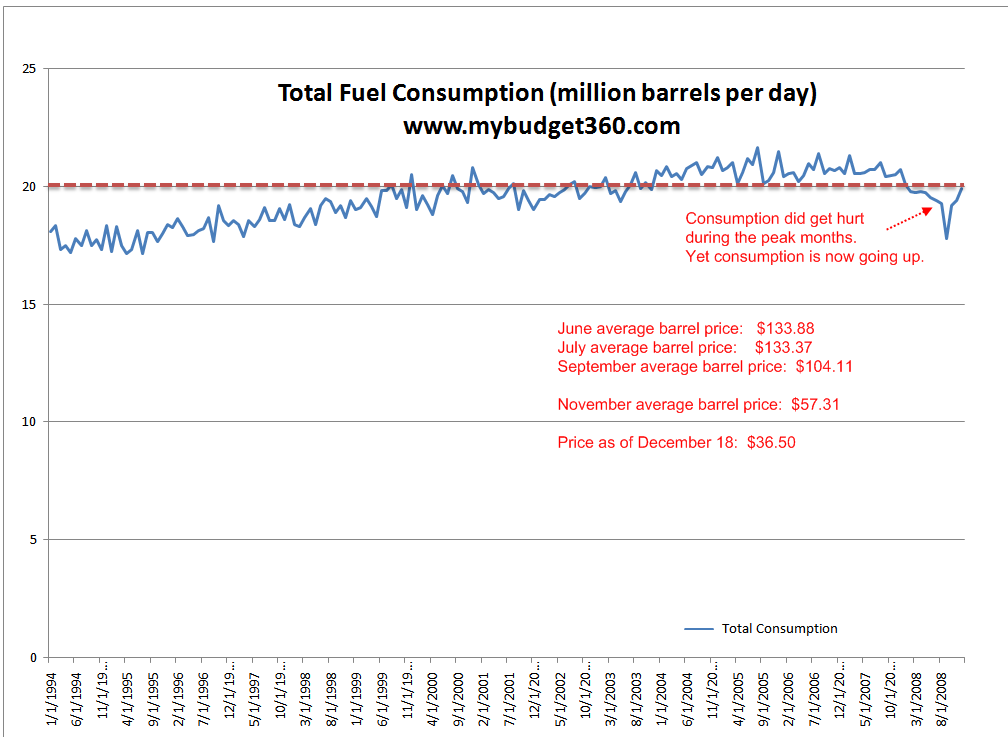
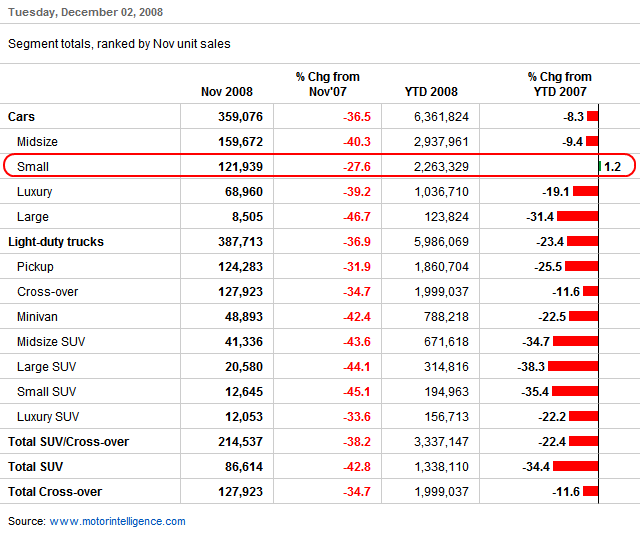
 If you enjoyed this post click here to subscribe to a complete feed and stay up to date with today’s challenging market!
If you enjoyed this post click here to subscribe to a complete feed and stay up to date with today’s challenging market!